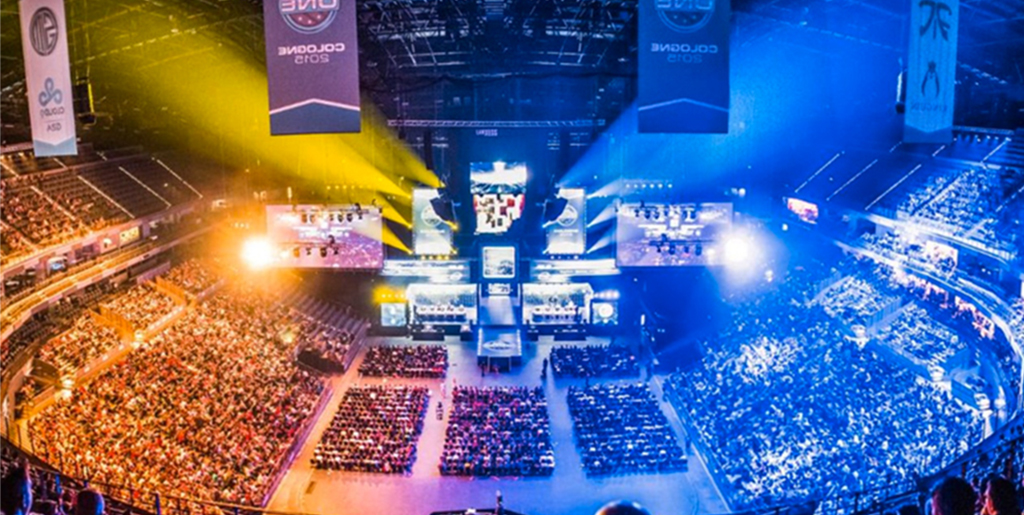Carey Lam
Contents
Biography
Hello my name is Carey Lam, I have been at York University for several years at this point. I have done my undergrad in kinesiology and health science, then a bachelors of education and now finally my masters of education. I have always been a gamer at heart, ever since I was little and received my first ever Gameboy with the Pokemon game. My passions and hobbies include hockey, fitness and health, and gaming.
Production 2 - Competition
Option 2: Create another chapter for Bogost’s book Competition In the analysis of the term “game” through Jaakko Stenros’ The Game Definition Game: A Review, he explores ten topics of interest that help conceptualize what a “game” might be (Stenros, 2017). One of these topics revolved around the idea of competition and conflict. Within the discussion of this topic as well as one written around “coherence”, he emphasizes how competition is a characteristic that makes up a game (Stenros, 2017).
Taking this into consideration, it is only natural that games have taken the aspect of competitiveness and created games with the purpose of fostering these competitive environments. Take for example the rise of e-sports, which has given way to a whole culture around gaming competition with various styles of games. Such titles within this realm are League of Legends, Counter-Strike Global Offensive, Fortnite, Hearthstone, and many more. 
What is notably different in these games compared to a less competitive game, is the emphasis of a visual display of some sort that showcases how someone is performing. This can be done on a leaderboard or placement within some ranking system that is visible to all. This further emphasizes the competitive nature within these games, as the rankings are signifiers of one’s ability and knowledge surrounding the specific game. Bogost speaks to this idea of Nolan’s Law which is to create games which are “easy to learn, but hard to master”(Bogost, 2011). This is often true of these particular style of games, the access and ease to playing are very low which allows for a mass audience to pick it up, however to become adept is something that requires not only experience but time. Not only is one having to learn the ins and out of a game, but also account for the actions of others that may be present (opponents and teammates).
Something that can be easily overlooked is how this may give opportunity to ways of creating digital literacy. In the strive towards betterment within the game, some may look to other outlets or forms of media in order to help in this pursuit. By searching the internet, reading guides, watching videos, these players develop a literacy in how they: 1. Find and access resources and 2. How they interpret and use those resources for their improvement needs.
If we revisit things that games can do, Bogost notes in the section pertaining to exercise, how the genre develops rituals which are borrowed from other domains(Bogost, 2011). In the same way that exergames borrow rituals of sport, it can similarly be shown how competitive games may parallel this. From the spectacle of e-sport to the social practices that sports develop (such as creating social micro-environments), they are all encompassed by the games that are present in this realm of games. When we consider the implications of this for social contexts, again, rituals of sport that are borrowed may exemplify how similar intra- and interpersonal skills are developed. Through the nature of competitiveness, intrapersonal skills such as resilience, perseverance, dedication, attitude, etc are qualities that are developed through the playing of such games. Additionally, these games foster environments where interpersonal skills such as communication, sportsmanship are valuable to ensure success of players.
Sources: Bogost, I. (2011). How to Do Things with Videogames (1st edition). Minneapolis: Univ Of Minnesota Press. Stenros, J. (2017). The Game Definition Game: A Review. Vol 12 (6). Sagepub.